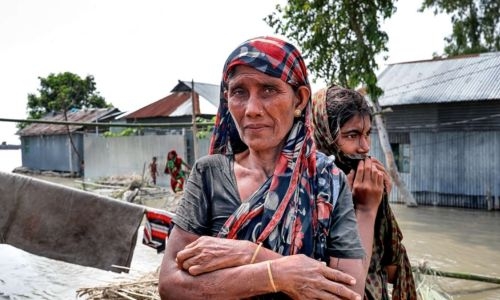UN wants $100 billion to boost digitalisation in poor countries
AFP | Geneva
The Daily Tribune – www.newsofbahrain.com
The United Nations yesterday demanded a tripling of pledges aimed at filling the global digitalisation gap, asking countries and the private sector to hike the funding to $100 billion by 2026.
Around 2.7 billion people around the world were offline in 2022, according to data from the International Telecommunications Union, the UN’s telecoms agency.
“The digital connectivity divide separating the least developed countries from the rest of the world is widening,” the ITU warned, launching an appeal for far more resources towards ensuring meaningful connectivity and digitalisation in the world’s least developed countries (LDCs).
“Tech is at the top of the global agenda, but the benefits of digital technology are still out of reach for too many people,” ITU chief Doreen Bogdan-Martin said in a statement.
“If we are serious about digitalising the world in a way that is meaningful and sustainable, we must take action to accelerate digital transformation for everyone.”
The world’s 46 least developed countries are home to nearly one-third of the global offline population, the ITU said, lamenting that the internet is affordable in just two of them.
To rectify the situation, the ITU launched the Partner2Connect Digital Coalition in September 2021.
It is aimed at using public-private partnerships to help boost digitalisation in the world’s hardest-to-connect communities, including LDCs, and developing countries that are landlocked or small island states.
That coalition began mobilising direct funding in February last year, and has so far raked in pledges of $30 billion, including $12 billion to bring LDCs online as quickly as possible, the ITU said.
In its statement, the ITU said it was launching “a worldwide appeal calling to increase the value of pledges for digitalising the world from the current $30 billion to $100 billion by 2026”.
Related Posts

